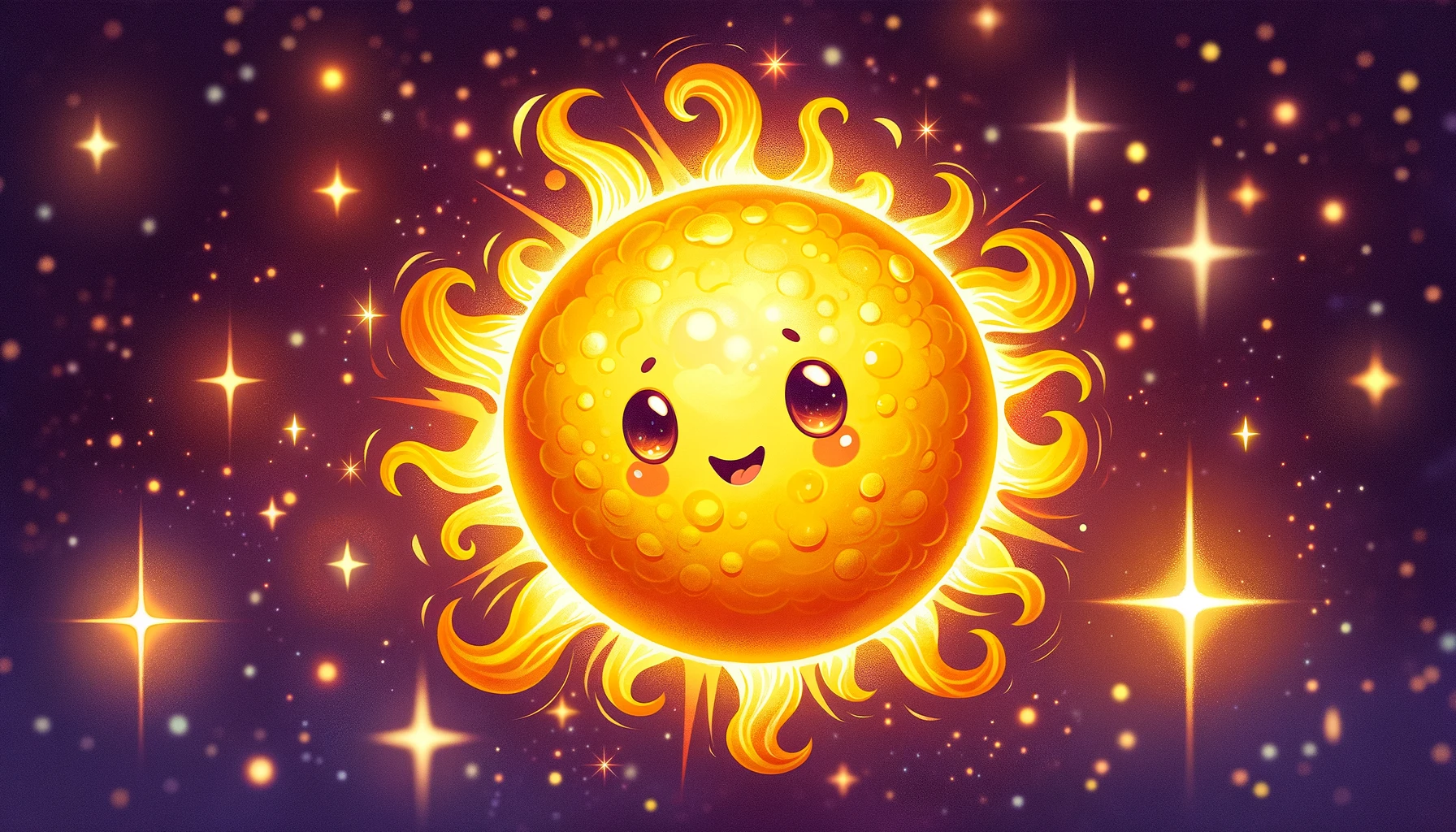Understanding Yellow Dwarf Life Cycle
Understanding Yellow Dwarf Life Cycle
Table of ContentsIntroduction to Yellow Dwarf StarsFormation of Yellow Dwarf StarsMain Sequence StageEvolution and LongevityEnd of the Yellow Dwarf Life CycleImportance in AstronomyConclusionReferencesUnderstanding Yellow Dwarf Life CycleIntroduction to Yellow Dwarf StarsYellow dwarf stars, also known as G-type main-sequence stars, are a class of stars that includes our Sun. These stars are essential to understanding stellar development and the potential for habitable planets. This article delves into the life cycle of yellow dwarf stars, from their formation to their eventual demise.Formation of Yellow Dwarf StarsYellow dwarf stars form from the gravitational collapse of a molecular cloud composed primarily of hydrogen and helium. As the cloud collapses, it fragments into smaller clumps. When the core temperature of a clump reaches a critical point, nuclear fusion of hydrogen into helium begins, marking the birth of a yellow dwarf star.Main Sequence StageThe main sequence stage is the longest period in the life of a yellow dwarf star. During this phase, the star fuses hydrogen into helium in its core, producing energy that balances the gravitational forces pulling the star inward. Key characteristics of this stage include:Stable Luminosity: Yellow dwarfs emit a steady amount of light, with luminosities ranging from 0.6 to 1.5 times that of the Sun.Surface Temperature: Their surface temperatures range from about 5,300 to 6,000 K, giving them a yellowish hue.Lifespan: Yellow dwarfs have lifespans ranging from 6 to 10 billion years, depending on their mass and composition.Evolution and LongevityYellow dwarf stars are known for their long-term stability. Their slow hydrogen-burning process allows them to remain in the main sequence stage for a significant portion of their lifetimes. This extended period of stability provides a consistent energy output, essential for the development of life on surrounding planets.End of the Yellow Dwarf Life CycleAs a yellow dwarf star exhausts its hydrogen fuel, it transitions into the next phases of its life cycle:Subgiant Phase: The star expands and cools slightly as it starts to burn hydrogen in a shell around the core.Red Giant Phase: The star becomes a red giant, expanding significantly and shedding its outer layers. During this phase, the core contracts and heats up, eventually igniting helium fusion.Planetary Nebula: The outer layers are ejected, creating a beautiful shell of ionized gas known as a planetary nebula.White Dwarf Stage: The core remnants collapse into a white dwarf, a dense, Earth-sized object that slowly cools over billions of years.Importance in AstronomyYellow dwarf stars hold significant importance in the field of astronomy for several reasons:Stellar Population: They make up about 10% of the stars in the Milky Way, making them crucial for understanding stellar demographics.Exoplanet Research: Many exoplanets have been discovered orbiting yellow dwarf stars, including some in the habitable zone where liquid water could exist.Astrobiology: The stability and longevity of yellow dwarf stars provide stable environments for potential life on orbiting planets, making them prime targets in the search for extraterrestrial life.ConclusionThe life cycle of yellow dwarf stars is a fascinating subject that sheds light on the processes of stellar formation, evolution, and longevity. Their stable and extended lifespans make them key objects of study in the quest to understand the universe and the potential for life beyond Earth. By exploring the life cycle of yellow dwarf stars, we gain valuable insights into the broader mechanisms of stellar evolution.
<ⓒ WizardMedics (wizardmedics.com)>







